■Previous GM Sound Source Series
GM Sound Source 01: Ancient GM Sound Sources
GM Sound Source 02: Piano Category
The Chromatic Percussion category in GM sound sources consists of idiophones that produce pitched sounds. All of these instruments generate sound by being struck, and since their sustain is relatively short and naturally decays, they are an easy category to work with when sequencing music. Below, we have compiled samples of each sound in a video. Please check it out to hear how they sound.
Celesta
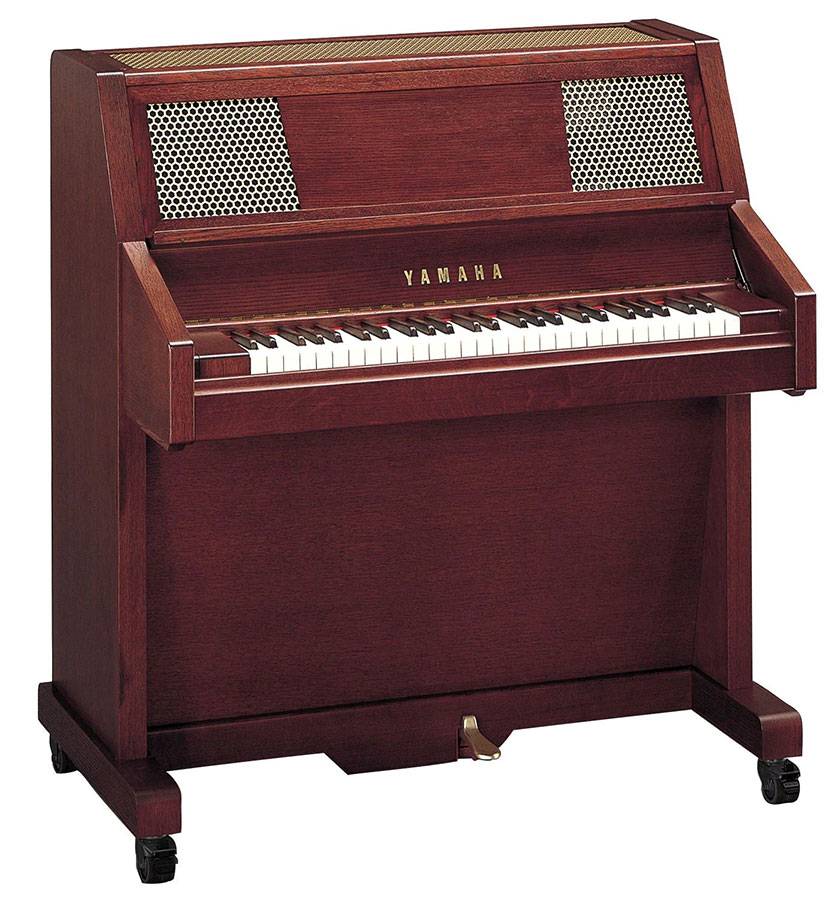
009 000 Celesta - Range: C4-C8
The celesta is a metallophone instrument that produces a fantastical sound. Its structure resembles a piano, with hammers striking metal plates to produce sound. Each metal plate is equipped with a resonator, which contributes to the instrument’s magical tone. Since it has a keyboard, it is often played by pianists, and the ability to treat it as an extension of the piano makes it highly advantageous both for performance and composition. A well-known piece featuring the celesta is The Nutcracker Suite. More recently, it has regained attention due to its use in the Harry Potter soundtrack. In the sample, the attack is slightly delayed to better mimic the actual sound.
Glockenspiel (Metallophone)
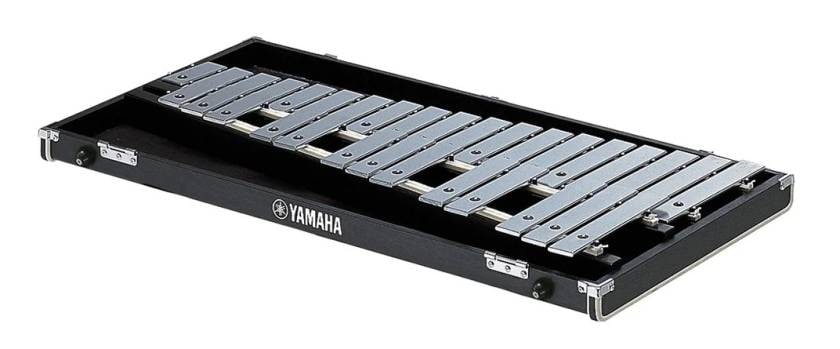
010 000 Glockenspiel - Range: C5-C8
The glockenspiel, or metallophone, has a high register and lacks a damper pedal like the vibraphone, making it a very simple instrument in structure. Its primary role is to produce bright, shimmering sounds. The tone can be adjusted by changing the type of mallet used. The sample features the Harry Potter theme, as played on a glockenspiel. Though it shares the same metal sound source as the celesta, its timbre is noticeably different—more direct and sharp. One key aspect to consider when working with this type of sound is reverb processing. The sharp attack and high frequencies make it sensitive to reverb quality, and the built-in GM sound source reverb may not be sufficient.
Music Box
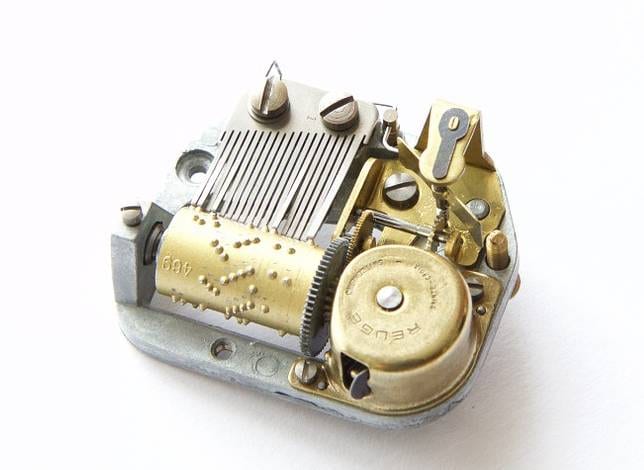
011 000 Music Box - Range: C4-C6
A music box produces sound by using a wound-up spring mechanism to rotate a drum with pins that pluck metal tines. As the spring unwinds, the tempo gradually slows down, though the pitch remains unchanged. This effect has been reproduced in the video.
Vibraphone
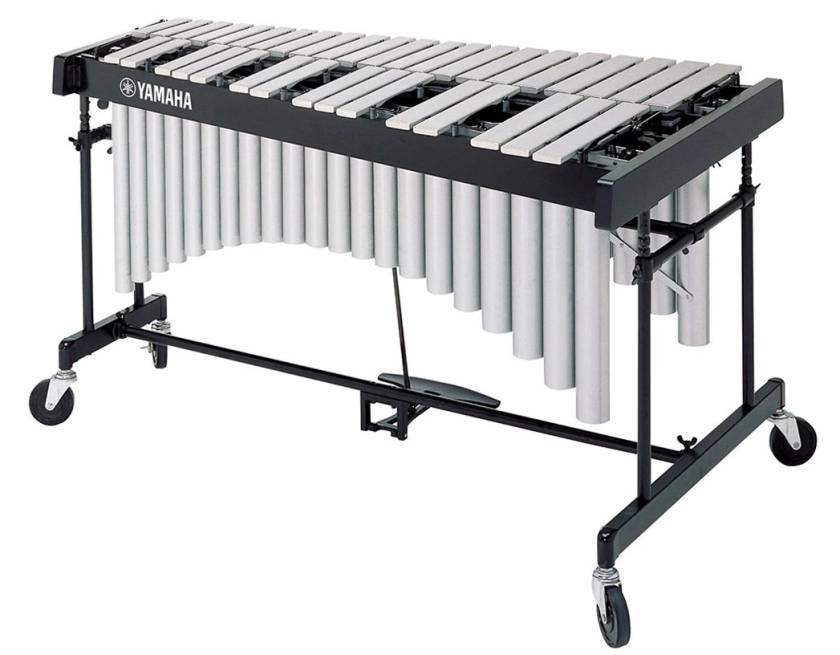
The vibraphone is a metallophone equipped with resonator tubes that create a vibrato effect through a motorized mechanism. The instrument’s name derives from this vibrato feature. Since it requires electricity to operate the motor, it is mainly used in modern genres such as jazz. It also includes a damper pedal, similar to a piano, which is crucial for expressive performance. The vibraphone in the TTS-1 sound source has a subtle vibrato effect that cannot be adjusted, so additional effects have been used in the video to enhance the vibrato.
012 000 Vibraphone - Range: F3-F6
A monaural vibraphone.
012 001 Vibraphone w (Wide) - Range: F3-F6
This version was intended to have stereo separation across different registers, but due to limitations in the current TTS-1 sound source, it produces the same sound as 000. Older sound sources often do not function as intended in modern environments.
Marimba
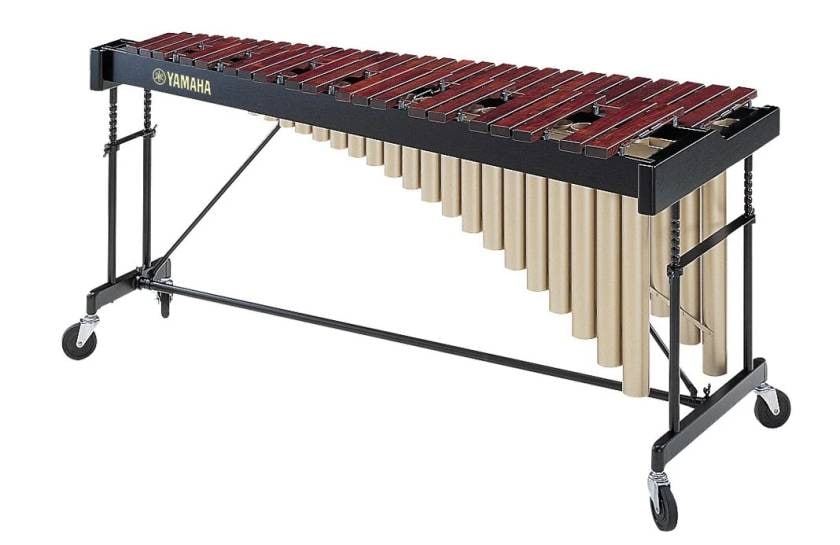
The marimba is a large wooden xylophone with resonator tubes, essential in Latin music. It differs from the xylophone in the shape of the sound bars and the size of the resonators, which allow for a richer, more resonant, and mellow tone. The wood used is typically high-density rosewood, and its optimal range is about an octave lower than the xylophone. A famous marimba piece in Japan is the theme song for NHK’s Today’s Cooking, composed by Isao Tomita.
013 000 Marimba - Range: C3-C6
A monaural marimba.
013 001 Marimba w (Wide) - Range: C3-C6
A stereo version with low notes panned to the left and high notes to the right.
Xylophone (Wooden Percussion)
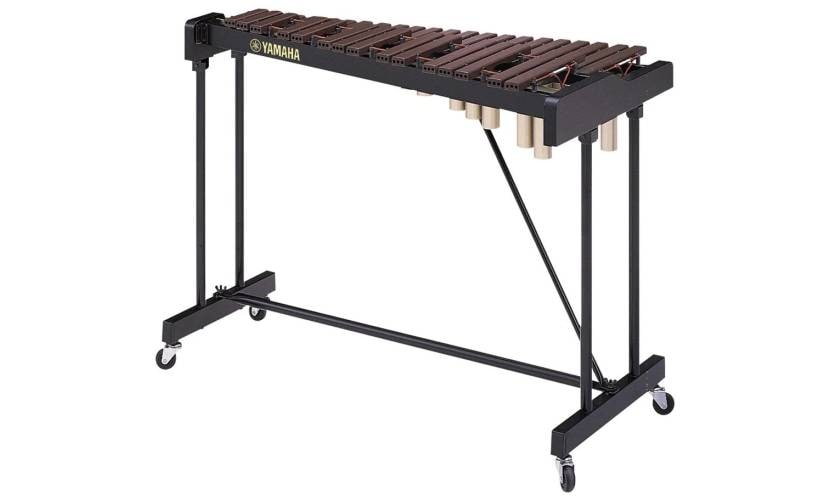
014 000 Xylophone - Range: F4-C7
The xylophone is an ancient instrument frequently used in classical music. It has a sharper, more percussive sound than the marimba, despite also being made of wood. Rosewood and sandalwood are commonly used materials. The sample features Fossils from Saint-Saëns’ The Carnival of the Animals. This piece creatively represents various animals using different instruments, and the xylophone’s tone evokes the imagery of bones, making it an apt choice for the ‘fossils’ movement.
Tubular Bells
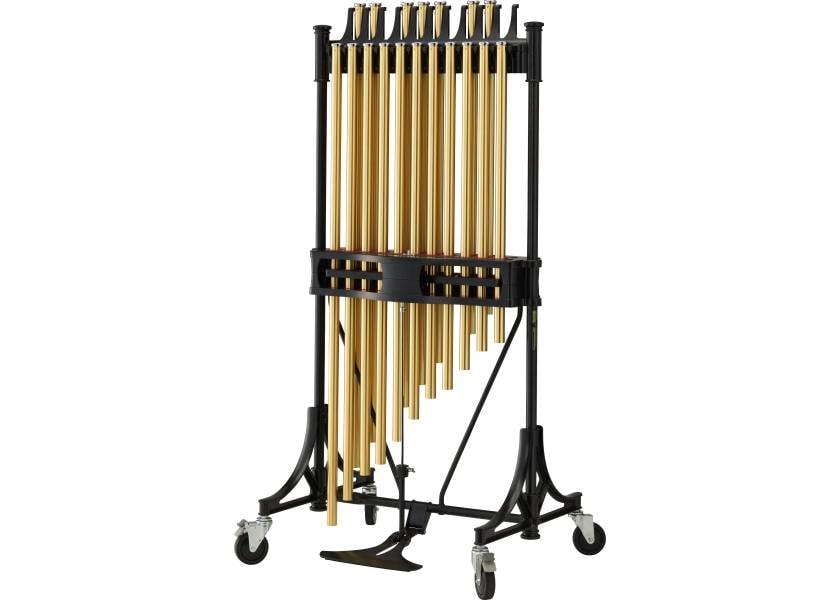
015 000 Tubular Bells - Range: C4-F5
In Japan, tubular bells are well known from NHK’s Nodo Jiman (Amateur Singing Contest). These bells were designed to be played more conveniently than traditional church bells and are arranged in a keyboard-like layout. Real tubular bells contain many inharmonic overtones, but this sample has a relatively refined sound.
015 001 Church Bell - Range: C4-F5
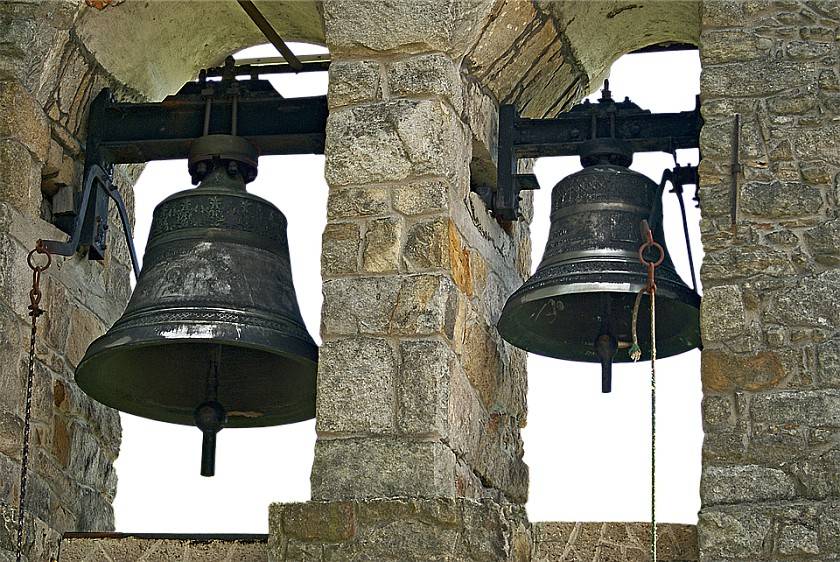
A large church tower bell. Unlike a melodic instrument, church bells are usually installed in pairs, often tuned a fifth apart. Their mechanical operation results in slight inconsistencies in timing and volume. Additionally, the swinging motion of the bell clapper creates significant variations in dynamics and timbre, making it challenging to accurately reproduce this effect in sequenced music.
015 002 Carillon

Console of a Carillon in the Sacred Heart Church of Maine-et-Loire, France
(Photo by Pascal Ménard, CC BY-SA 4.0)
A carillon is a large, playable bell instrument found in church towers, similar in form and sound to church bells but designed for melodic performance. Unlike church bells, carillons can be played from a dedicated console as shown in the picture. A single performer typically strikes the keys with clenched fists, allowing for up to four-note chords using both hands and feet. The TTS-1 carillon has a somewhat unstable pitch, making it tricky to use for melodic lines without additional adjustments.
Santur (Hammered Dulcimer)
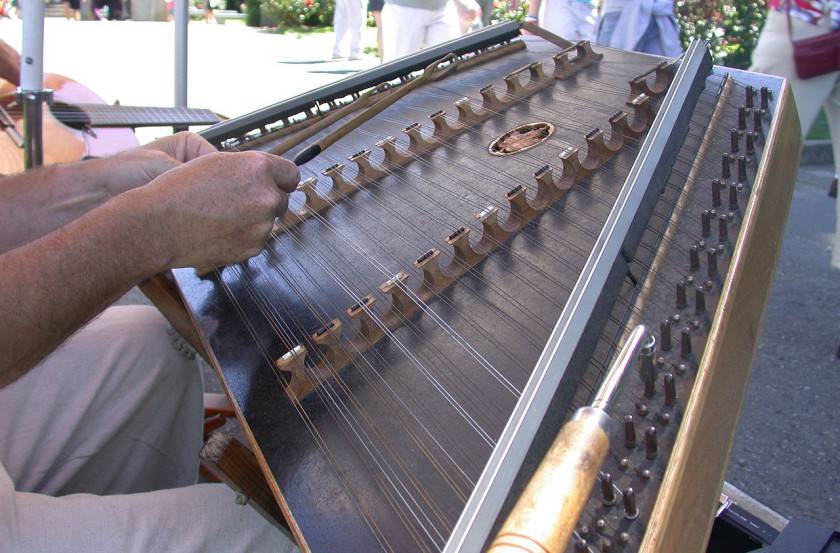
Hammered dulcimer (quoted from Wikipedia)
016 000 Santur - Range: C4-C6
The santur, also known as the hammered dulcimer, is a Persian stringed instrument played by striking the strings with wooden mallets. While it would typically belong in the Ethnic Misc category, it has been classified under Chromatic Percussion in the GM sound source.
The “sound & person” column is made possible by your contributions.
For more information about submissions, click here.











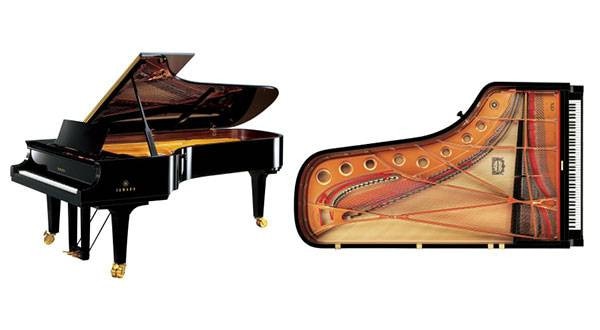



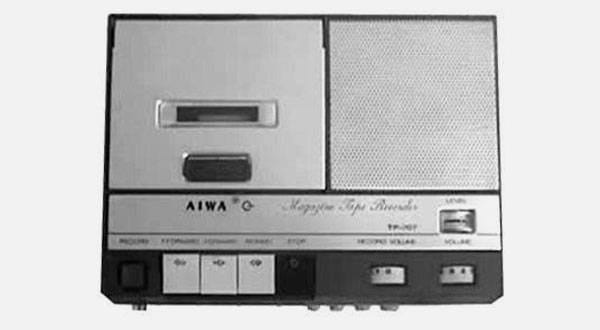

 DTM対談 kors k × かめりあ × Hommarju
DTM対談 kors k × かめりあ × Hommarju
 DTMセール情報まとめ
DTMセール情報まとめ
 ドラム音源に最適なMIDIパッド・コントローラー
ドラム音源に最適なMIDIパッド・コントローラー
 USB接続対応のMIDIキーボード
USB接続対応のMIDIキーボード
 DTMに必要な機材
DTMに必要な機材
 UR-RT4 ソフト音源やループ素材をリアンプ
UR-RT4 ソフト音源やループ素材をリアンプ















